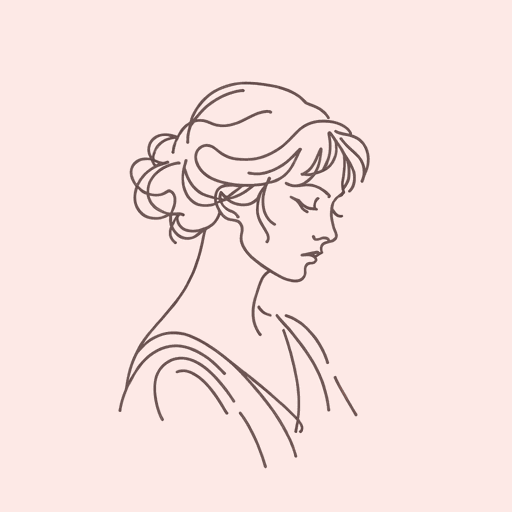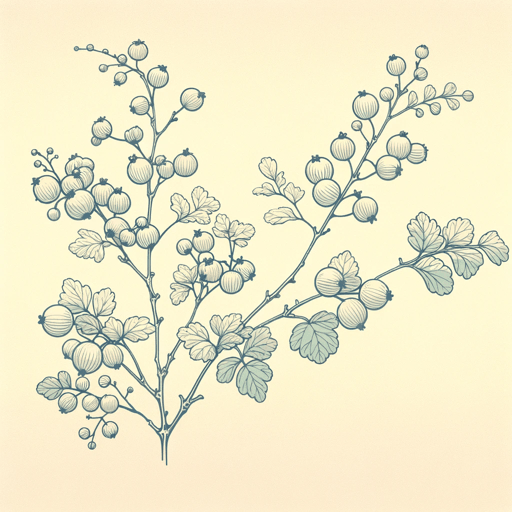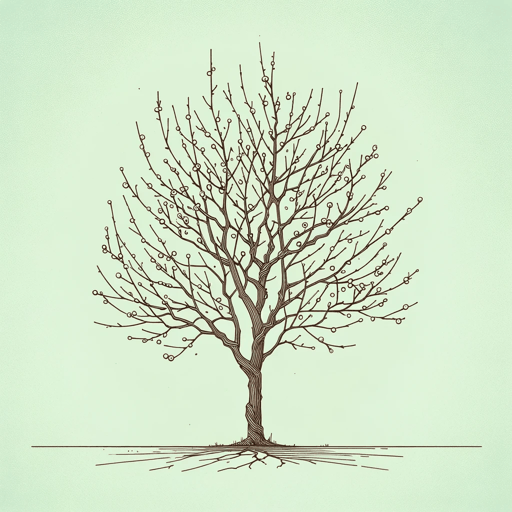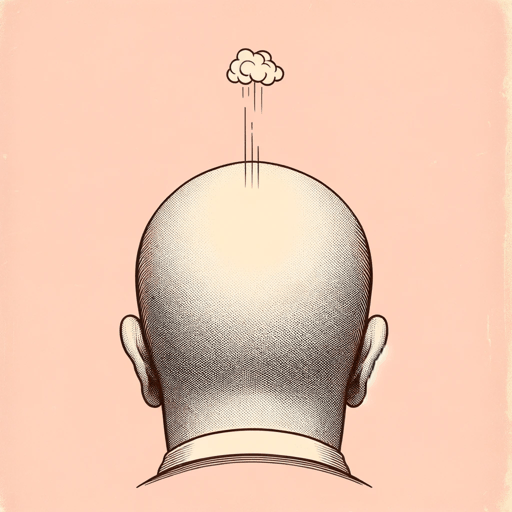31 pages • 1 hour read
Anton ChekhovThe Darling
Fiction | Short Story | Adult | Published in 1899A modern alternative to SparkNotes and CliffsNotes, SuperSummary offers high-quality Study Guides with detailed chapter summaries and analysis of major themes, characters, and more.
Background
Literary Context: Chekhov’s Innovations in the Short Story Form
The Russian short story in the late 19th century was heavily concerned with social, ethical, and religious questions, evident in the works of authors such as Leo Tolstoy. Tolstoy’s late stories, like “Master and Man” and “Three Hermits,” for instance, reject the hierarchical Christianity of the Russian Orthodox Church in favor of Tolstoy’s particular interpretation of Christian anarchism—a political theology articulated in his book The Kingdom of God is Within You, which holds that God is the only legitimate authority over human lives. Chekhov, on the other hand, was criticized by his peers for not taking a strong stance in many of his stories, and “The Darling” is an example of this detached outlook. Part of what makes the story difficult to link to movements of the time, such as anti-poverty and feminist campaigns, is Chekhov’s style. He was highly innovative in using free-indirect style to layer the story with his characters’ opinions rather than his own, and since Olga never thinks about these larger problems, they go unmentioned. Though other characters leave the unnamed town, Olga never does; the story’s perspective sticks with her, limiting readers’ views to focus entirely on day-to-day provincial life.
Related Titles
By Anton Chekhov

At Home
Anton Chekhov

Gooseberries
Anton Chekhov

The Bet
Anton Chekhov

The Cherry Orchard
Anton Chekhov

The Death of a Government Clerk
Anton Chekhov

The Duel
Anton Chekhov

The Lady With The Dog
Anton Chekhov

The Seagull
Anton Chekhov

Three Sisters
Anton Chekhov

Uncle Vanya
Anton Chekhov

Vanka
Anton Chekhov

